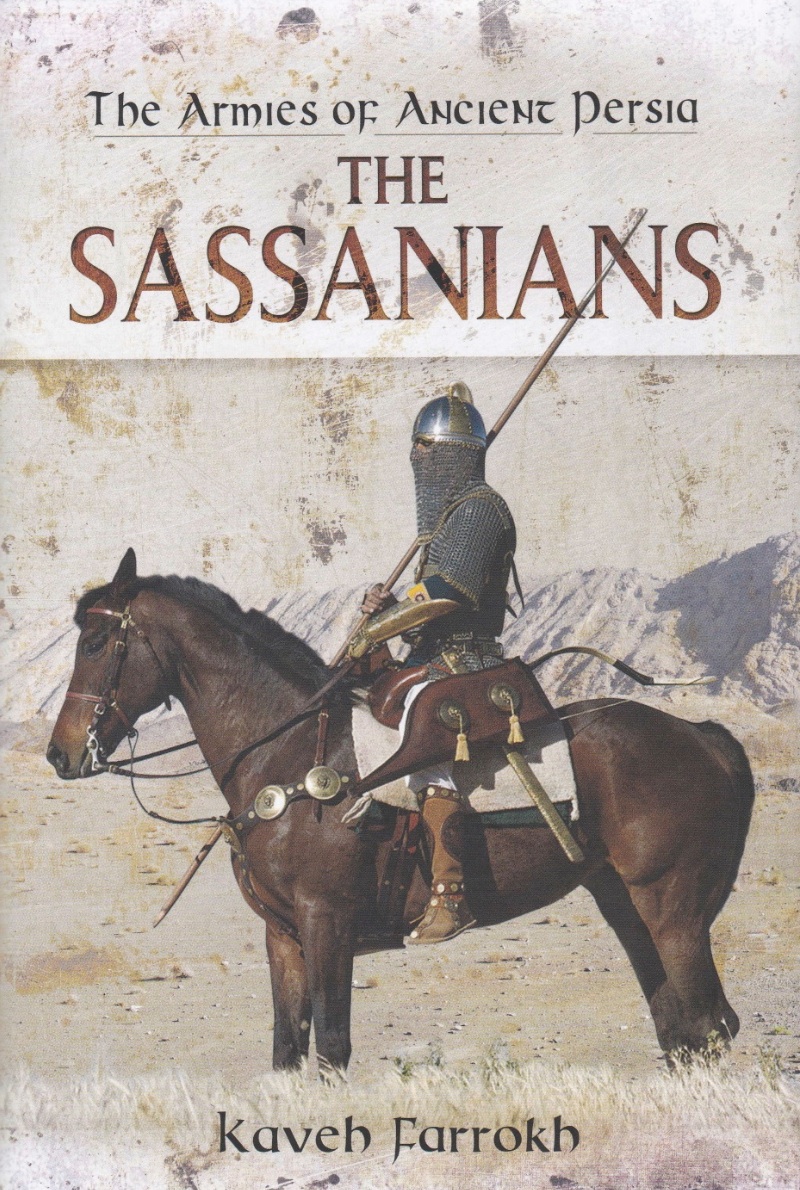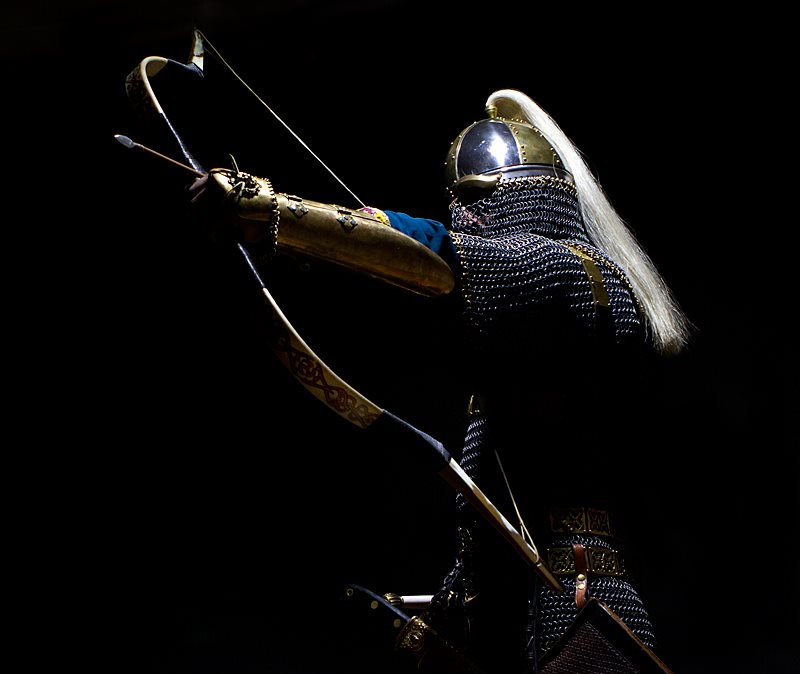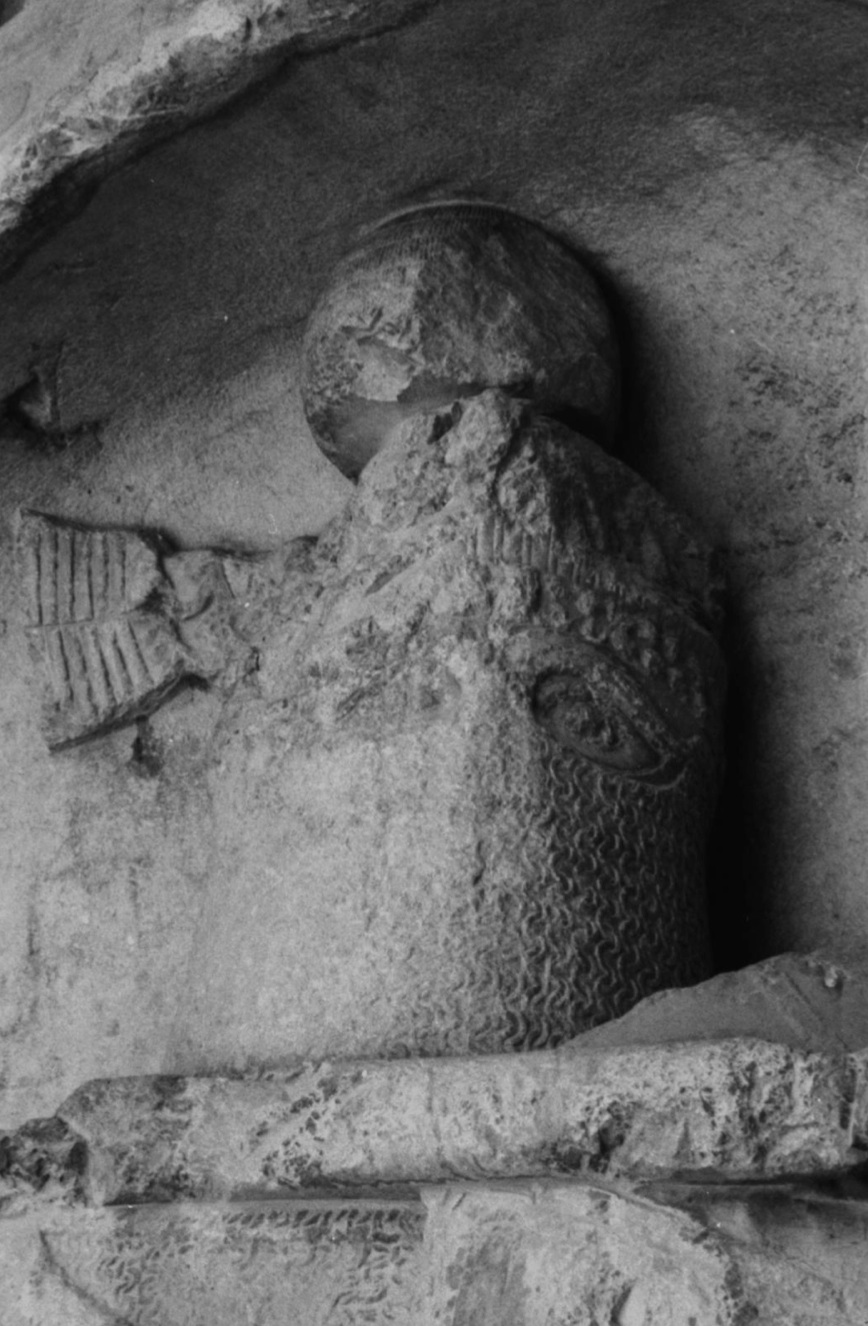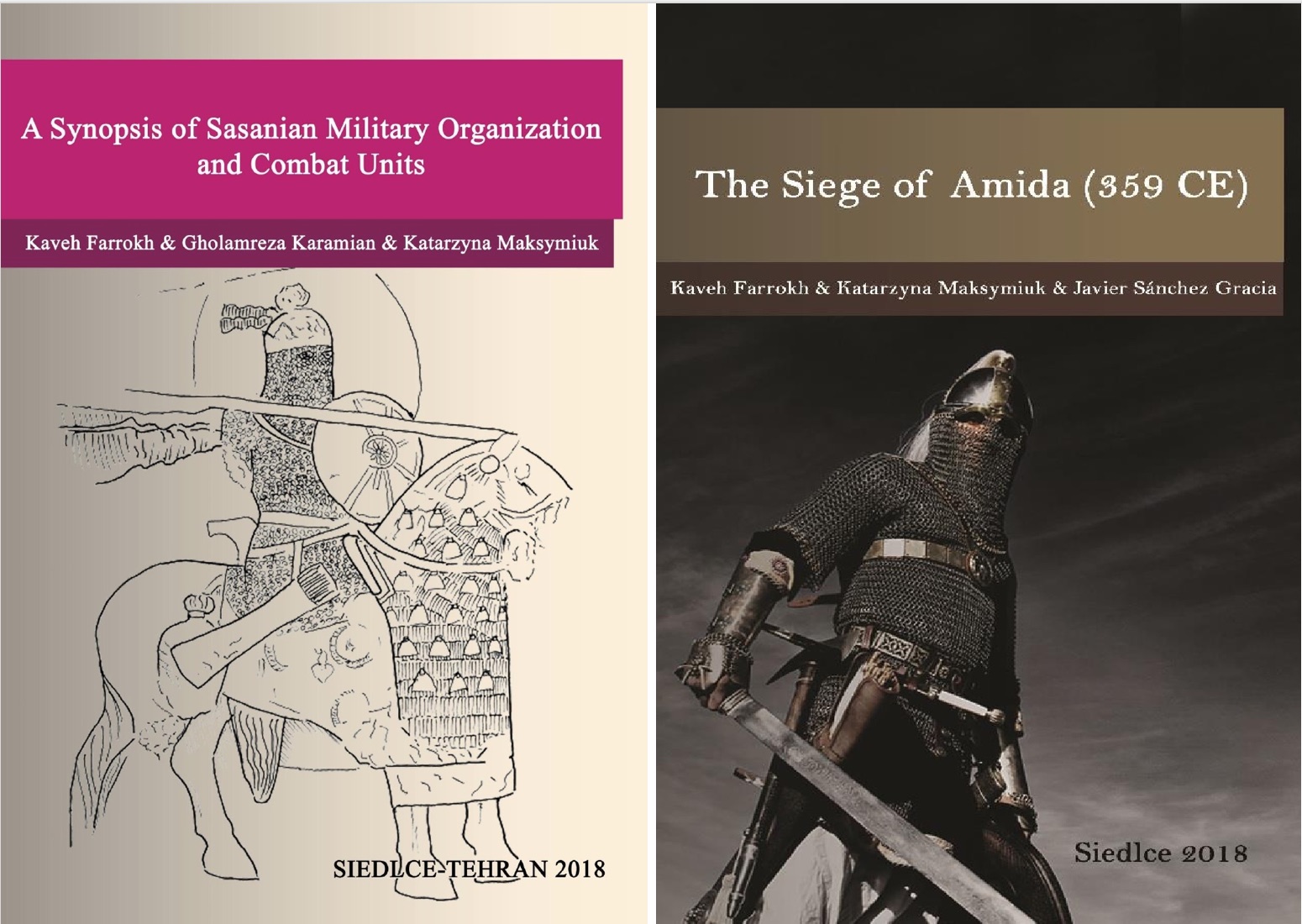Dr. Ilkka Syvanne (Helsinki University & University of Haifa) has published a book review of Kaveh Farrokh’s 2017 text, Armies of Ancient Persia: the Sassanians in the Persian Heritage journal. This can be downloaded from Academia.edu (pdf):
The text of Dr. Syvanne’s review in the Persian Heritage journal has been reprinted below. Readers are also encourage to consult the Review of Sassanian Studies by Dr. Matthew G. Marsh as well as Richard AS. Gabriel’s review (2018) in the Military History journal of Kaveh Farrokh, Armies of Ancient Persia: the Sassanians …
======================================================================================
The Armies of Ancient Persia: The Sassanians (Pen & Sword, Barnsley 2017) by Kaveh Farrokh is a very welcome addition to the books dealing with Sasanian Persia. Dr. Farrokh has divided his monograph into thematically organized chapters which deal with all of the issues relating to the Sasanian armed forces so that he analyses for example the organization, equipment, culture, training, personal combat skills, combat tactics, siege tactics, naval matters, and military history to provide a complete overview of the Sasanian armed forces throughout its history.

- Publisher: Pen and Sword (Oct. 17 2017) – Available at Pen & Sword or Amazon.com
- ISBN-10: 1848848455
- ISBN-13: 978-1848848450
- Hardcover: 256 pages
In addition to this, it includes useful illustrative examples of battles, sieges, equipment (e.g. in the Plates which also includes re-enactor photos) and maps.

Savārān officer engaged in archery. Recreations by Ardashir Radpour (courtesy A. Radpour & H. Martin).
Farrokh’s monograph is particularly valuable for its analysis of the military terms, changes is tactics and organization and because it corrects many earlier misunderstandings. The book relates all of the changes in organization, equipment and tactics throughout the existence of the Empire and provides an overview of the influence of Persian military and its military culture on other peoples and on the posterity. The actual narrative contents are as follows:
1) Martial Ardour, Origins and Missions of the Spah.
2) Organization: Military Titles and Recruitment
3) Military Reforms of the Sixth Century CE
4) Military Training, Polo, the Hun, and Military Music
5) Archery
6) The Savaran
7) Infantry, Auxiliary Contingents and Naval Forces
8) Preparations for War
9) Tactics and Strategies along the Roman and Caucasian Frontiers
10) Logistics and Support
11) Post-Battle Scenarios and Diplomacy
12) The Spah in Central Asia: Warfare, Military Developments and Tactics
13) Military Architecture
14) Siege Operations
15) Sassanian Military Culture
16) Military Weaknesses of the Spah
17) The Fall of the Spah and the Empire
18) Post-Sassanian Resistance and Rebellion against the Caliphate
19) Legacy
As a military historian (I am Dr. Ilkka Syvanne) whose areas of specialization include Greek, Roman, late-Roman, East Roman (Byzantine) and Iranian military history, I do obviously have disagreements with some of the interpretations and conclusions adopted by Kaveh Farrokh (obviously we do still agree on most issues). For example I date the four-fold strategic division of the Iranian Empire to an earlier period on the basis of Ammianus (e.g. Syvanne, Military History of Late Rome vol.1, p.113), interpret the developments in tactics, equipment and archery differently (e.g. MHLR Vol.1 p.113ff.; The Age of Hippotoxotai esp. chapter 10.1, Bahram V Gur in Historia i Swiat, two forthcoming books dealing with Iran) and many of the battles and sieges too (e.g. Farrokh p.155ff. vs. Syvanne, MHLR vol. 1 p.211ff., Desperta Ferro/Julian, forthcoming Gallienus, together with the forthcoming vols. of MHLR), but this should only to be expected. There are no two historians who would agree on everything especially when the evidence is such as we have for this period. There are many different ways to interpret the evidence and this should always be kept in mind. It is also for this reason that Kaveh Farrokh’s book is so valuable. He provides a different perspective and interpretation of many events that give the readers the possibility and also the reason to ponder which of the different interpretations might be the correct one or if there even exist such a possibility. Despite our best efforts to be impartial and to seek honestly the truth, we historians are still humans with our subjective views and therefore we are all liable to make mistakes and/or interpret the evidence differently.

Rock-cut statue of a late Sasanian ruler, possibly of Khosrow “Parveez” II (6th century CE), In situ Ṭāq-e Bostān, (photo by Prof. David Nicolle).
In sum, Dr. Kaveh Farrokh is an acknowledged expert of Iranian history and for a good reason. This book proves this once again. He has been among those historians who have done the most to increase our understanding of Iranian history and culture. Indeed, the previous two to three decades has witnessed ever increasing interest in all things related to Middle East and this fortunately includes also the ancient pre-Islamic Iran, the study of which is absolutely necessary if we want to understand today’s phenomena in the Middle East, but a lot of work still needs to be done and I am not saying this because I am among those who have contributed to this discussion and have also written a number of books for the Pen &Sword Publishing. I am saying this because there really is still a lot to be researched and analysed in ancient Iranian history that is absolutely necessary for the understanding of how this great Empire has affected our history and our very existence today. Kaveh Farrokh’s book is not only a very good addition to this literature and discussion, but it is also a book which demonstrates also to the doubting Thomas’s that it is worthwhile to study Iranian history. His conclusions demonstrate the importance of understanding the Iranian history. I wholeheartedly recommend the buying of this book.

Two more textbooks on Sassanian military history published in 2018: The Library of Social Sciences Book Exhibit displayed the following textbooks during the Eleventh Annual ASMEA Conference in November 2018: (Left) A Synopsis of Sassanian Military Organization and Combat Units (Kaveh Farrokh, Katarzyna Maksymiuk & Gholamreza Karamian, 2018) – click here to download in pdf from Academia.edu... and (Right) The Siege of Amida (Kaveh Farrokh, Katarzyna Maksymiuk & Javier Sánchez-Gracia, 2018) – click here to download in pdf from Academia.edu…




